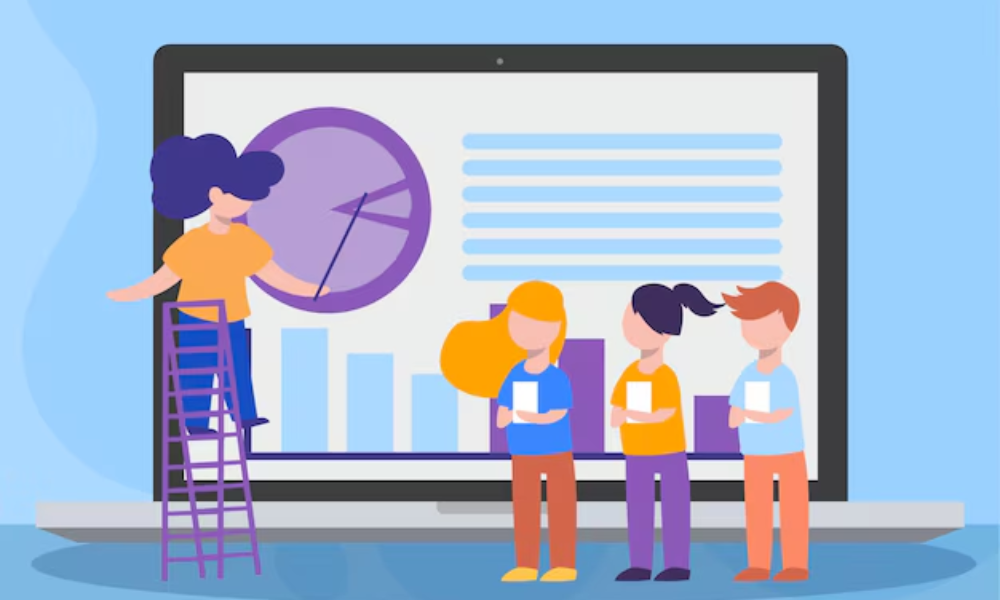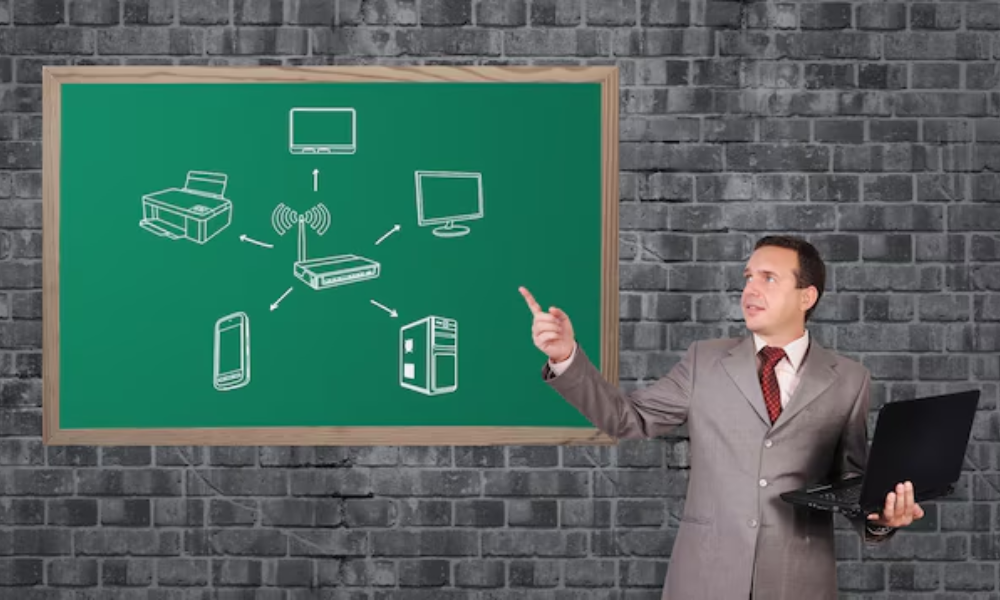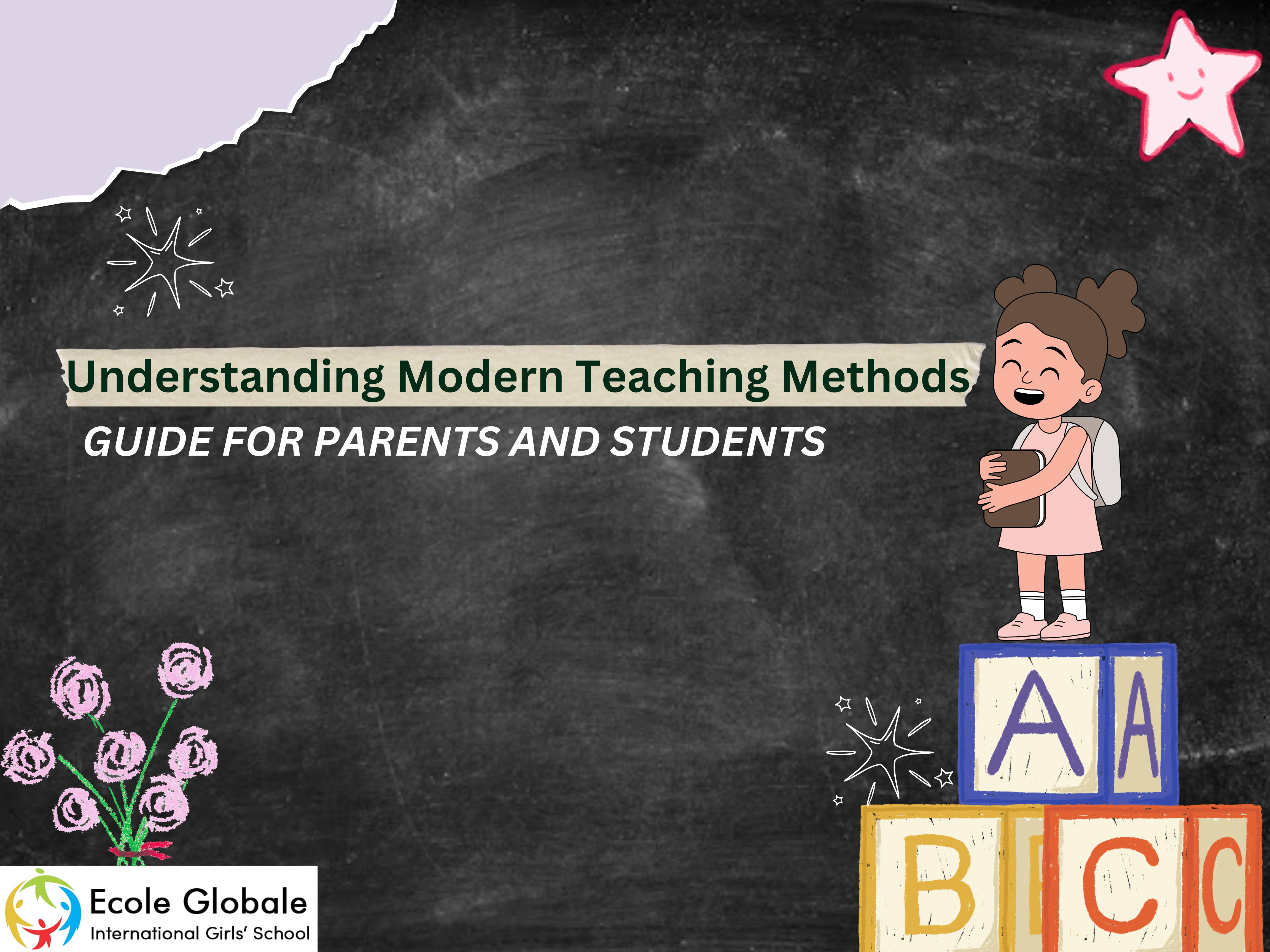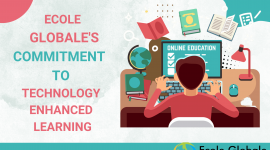In today’s fast-evolving world, modern teaching methods have transformed education to make learning more interactive, student-centered, and technologically enriched. For parents and students, understanding these methods can help make informed decisions about education.
What Are Modern Teaching Methods?

Modern teaching methods refer to instructional approaches that prioritize student engagement, critical thinking, and the use of technology. They differ significantly from traditional methods, aiming to meet the demands of 21st-century learners.
Key Characteristics of Modern Teaching Methods
- Student-Centered Learning: Focuses on the needs, interests, and learning pace of each student.
- Technology Integration: Uses digital tools and resources to enhance the learning experience.
- Collaboration: Encourages teamwork and peer-to-peer interaction.
- Practical Application: Emphasizes real-world skills and critical thinking.
- Adaptability: Accommodates various learning styles.
Top Modern Teaching Methods

1. Flipped Classroom
In the flipped classroom model, students review materials at home (e.g., videos or readings) and participate in interactive activities in class.
- Benefits:
- Increases engagement by using classroom time for discussions and hands-on tasks.
- Allows personalized learning, as students can review materials at their own pace.
- Example: In a science class, students watch a video on ecosystems at home and then discuss real-life examples in class.
2. Blended Learning
Blended learning combines in-person and online instruction, offering flexibility and access to additional resources.
- Benefits:
- Supports different learning styles through diverse content.
- Provides flexibility in schedules and pace.
- Example: A history class has both classroom lectures and online discussion forums for deeper analysis.
3. Project-Based Learning (PBL)
In project-based learning, students work on real-world problems or questions through long-term projects.
- Benefits:
- Enhances research, collaboration, and critical thinking.
- Encourages hands-on experience and real-world application.
- Example: Students collaborate to create a marketing plan for a fictional company, integrating business, design, and communication skills.
4. Gamification
Gamification adds game elements like points, badges, and leaderboards to motivate students.
- Benefits:
- Engages students by making learning fun.
- Provides immediate feedback on progress.
- Example: A language learning app that uses levels and achievements to motivate students to practice daily.
5. Collaborative Learning
Collaborative learning encourages students to work together on tasks, sharing ideas and knowledge.
- Benefits:
- Builds communication skills and understanding of different perspectives.
- Promotes teamwork and group problem-solving.
- Example: In a literature class, students analyze a novel’s themes in small groups and present their findings.
6. Inquiry-Based Learning
In inquiry-based learning, students ask questions, investigate solutions, and build new understanding through exploration.
- Benefits:
- Develops curiosity and independent thinking.
- Fosters ownership of learning as students take initiative.
- Example: In a physics class, students design experiments to test the effects of gravity on various objects.
7. Personalized Learning
Personalized learning tailors instruction to meet individual student needs, skills, and interests.
- Benefits:
- Allows students to progress at their own pace.
- Aligns with students’ career goals and interests.
- Example: A student with a strong interest in robotics receives customized assignments related to engineering and programming.
8. Competency-Based Learning
In competency-based learning, students advance by demonstrating mastery of specific skills rather than time spent in class.
- Benefits:
- Ensures a solid grasp of material before moving on.
- Supports flexible pacing and accommodates varying learning speeds.
- Example: In a business course, students complete modules at their own pace and must demonstrate mastery through quizzes and projects.
9. Micro-Teaching
Micro-teaching is used to develop teaching skills in short, focused sessions, particularly for new educators.
- Benefits:
- Allows targeted improvement of teaching skills.
- Provides quick feedback and reflection for skill refinement.
- Example: A teacher practices a specific technique like questioning skills in a 10-minute lesson, receives feedback, and adapts their approach.
Benefits of Modern Teaching Methods

Modern teaching methods come with a range of advantages, which are highly beneficial for students in today’s educational landscape.
| Benefits | Description |
| Enhanced Engagement | Interactive methods keep students interested in learning. |
| Improved Retention | Active participation leads to better understanding and memory. |
| Development of Skills | Focuses on critical thinking, collaboration, and problem-solving skills. |
| Future-Readiness | Prepares students for real-world challenges and future careers. |
Implementing Modern Teaching Methods: A Guide for Parents

Parents play a vital role in supporting modern teaching methods at home. Here are some ways parents can encourage these approaches:
- Encourage Curiosity: Ask open-ended questions to inspire critical thinking.
- Provide a Learning Space: Set up a dedicated, technology-friendly study area.
- Support Collaborative Learning: Arrange study sessions or group projects with peers.
- Use Technology Wisely: Monitor and guide digital resources to enhance learning experiences.
Conclusion
Modern teaching methods like flipped classrooms, blended learning, and project-based learning are transforming education by making it more student-focused, engaging, and applicable to real life.
For parents, college students, and teenagers, understanding these methods can provide valuable insights into maximizing educational outcomes.









